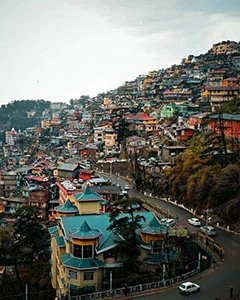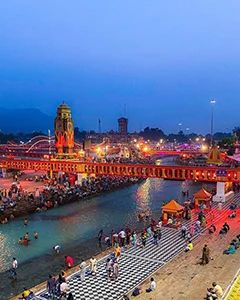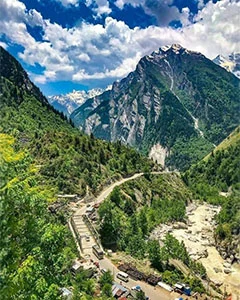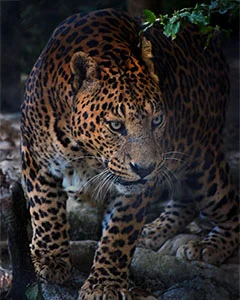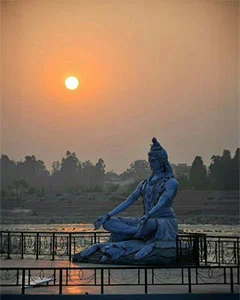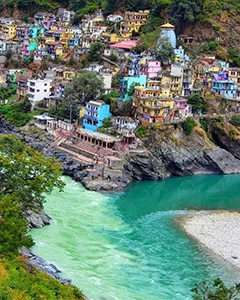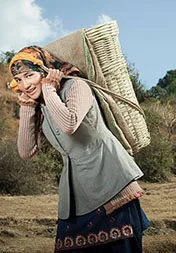The Beauty & The Beasts
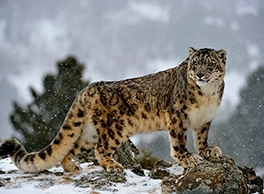
Wildlife Adventure

Eco Tourism
Uttarakhand has some great news in store for wildlife enthusiasts. Snow leopards, one of the rarest breeds of (large) cats have been spotted recently wandering along the Nelong valley of the Gangotri National Park.
Around 315 km from Dehradun, tourists must obtain a permit to visit the area. It is one of the 12 National Parks and Wildlife Sanctuaries that Uttarakhand houses, along with two conservation reserves and two world heritage sites. Lying in the Western Himalayan Biogeographic zone, Uttarakhand has a rich collection of flora and fauna in its kitty; 1405 invertebrates, 843 vertebrates and a whooping 4048 species of Angiosperms and Gymnosperms! Recognizing the exquisite natural heritage they have been blessed with, the state government has shifted its focus towards responsible ecotourism and have carved plans for ecotourism circles (Tanakpur-Champawat-Devidhura-Nainital, Yamuna Tons valley, Ramnagar-Almora-Nainital) and three ecotourism destinations (Ranikhet, Ramnagar, Dhanaulti).
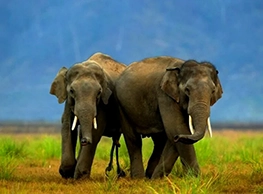
National Park

Jungle Safari
Natural Wildife Habitats
Nestled in the Shivaliks are Corbett National Park and Rajaji National Park. The atmosphere is full of trumpets at Rajaji, being a habitat of Asian elephants. Established in the year 1983, it houses around 315 species of mammals, including tiger, sambhar, barking deer, cheetal and even wild boar.
Corbett takes pride being India’s first national park, with around 25 species of reptiles, more than 500 species of birds- Waterfowl, Red Jungle Fowl, Drongos and Barbers to name a few, and mammals like tiger, leopard, nilgai, ghoral, jackals, foxes and varieties of deer.
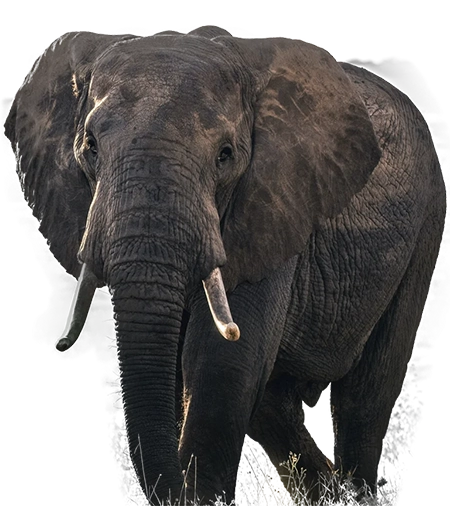
Ramnagar, the nearest town to Jim Corbett at 15km, is well connected via roads and rail with major cities like Delhi, Moradabad and Nainital. The closest airport is 50 km away at Phoolbagh, Pantnagar. For Rajaji, the nearest railway stations are at Haridwar and Dehradun, while also being well connected via roads to Rishikesh and Delhi. Nearest airport is Jollygrant, Dehradun, 21 km away. You can enjoy jungle safaris here from November to June.

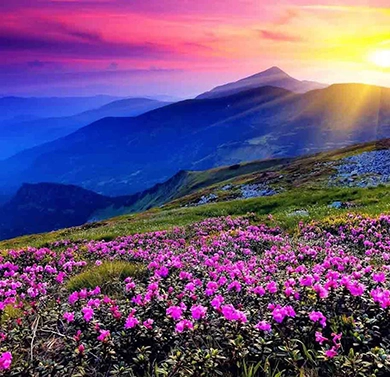
Nanda Devi Biosphere Reserve
It encompasses two national parks, namely Nanda Devi National Park and Valley of Flowers National Park. Recognized in 1988 by UNESCO as World Heritage Sites.
The biosphere includes civil soyam forests, panchayat forests, reserved forests and snowy peaks of the Garhwal Himalayas in Chamoli district, including Nanda Devi Peak, which is the highest peak located entirely within the country.
World
Heritage Sites
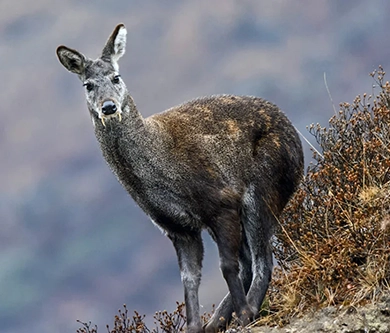
Himalayan Species
Home to a diverse habitat and ecosystems, more than 300 species of wild flowers with over 55% of the species native to Himalaya. As well as around 45 villages & communities of Bhotia & Indo-Aryan tribes, & resort for rare animals like musk deer.
These areas are heavily protected for conservation, research & ecotourism. Nanda Devi is accessible via treks from Joshimath as base camp. For Valley of Flowers, the trekking starts from Govindghat, 25 km from Badrinath. Best time to visit is from May to October.

